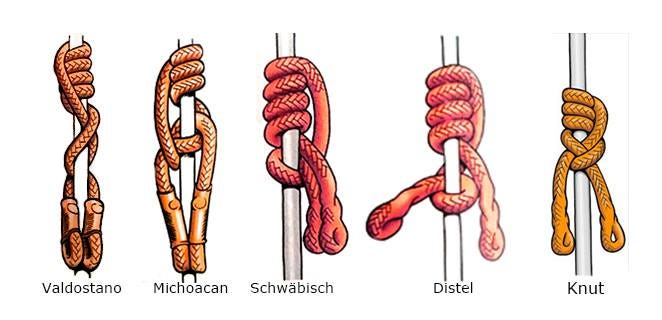(illustration from Terra 3 Blog)
With more and more canyoneers joining the ranks of "impromptu instructors", a broken telephone effect is spreading :)
Meaning, they are repeating something they learned from the original instructor, or someone else, but forgetting or distorting the original "instruction" resulting sometimes in nonsensical indications, confusion for students and spreading of diminished knowledge.
In this installment: Prusiks
More and more I'm coming across "instructors" teaching the use of Valdotain Tresse for everything. For ascending, for self-belays below the rappel device, for tensioning ropes, for self-lowering. While this kind of works, it is very inefficient, and seems especially egregious if it comes from individuals stepping into the role of Instructor.
Lets review:
What sets the Valdotain Tresse (and similar Cross & Wrap variations) apart from other prussicks?
The ability to release under full load
What is the disadvantage of the Valdotain Tresse?
It stretches a lot under load. Especially when executed in haste or by inexperienced hands.
So, given these Pros & Cons, why use the Valdotain Tresse for distance sensitive tasks that do not involve a direct full load? Tasks like:
Ascending rope
Self-belay below rappel device
Self lowering
Self deployed traverse lines
Rope grab for tensioning ropes
Rope grabs for any MA system
Pick a set of appropriate Prusiks for the specific tasks that you intend to cover in your 'classes' or practice sessions.
Back to the original source for a VT refresher :)


